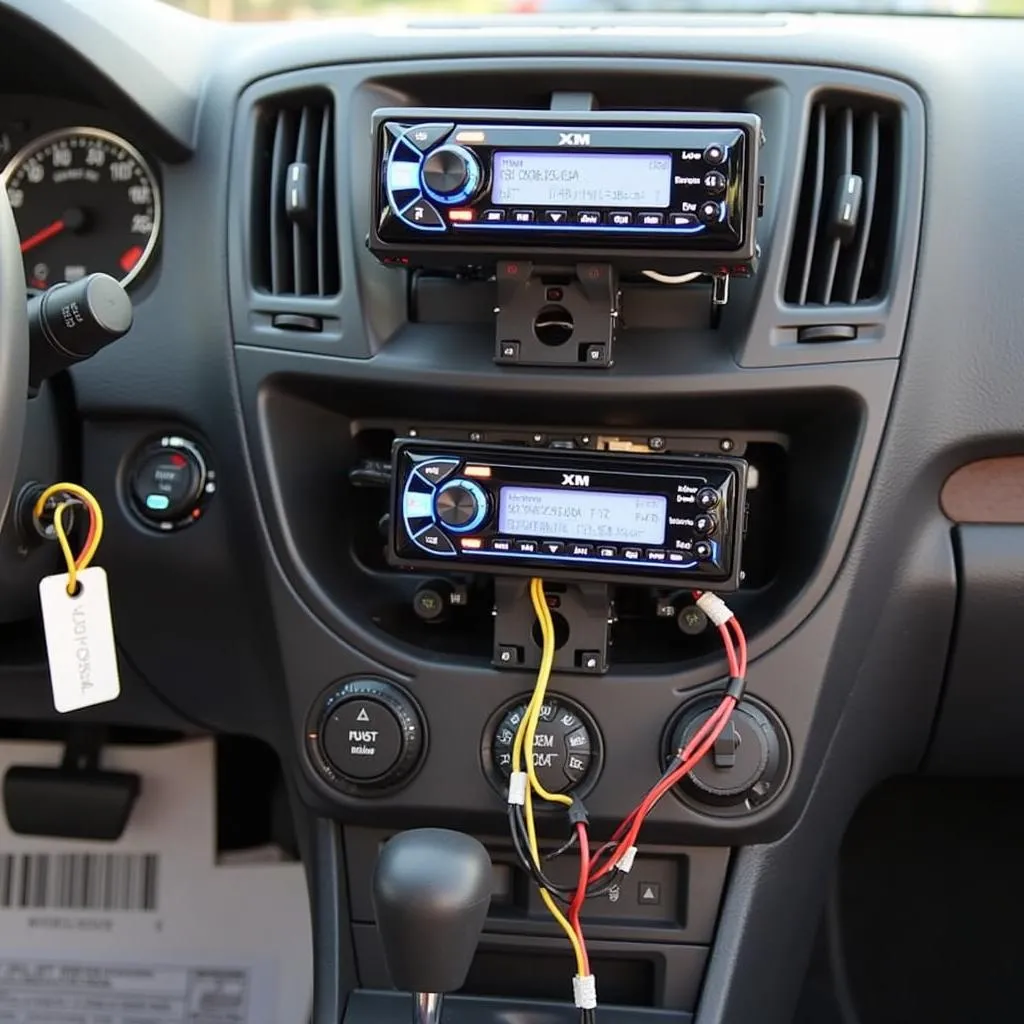Brake pads are one of the most critical safety components in your vehicle, responsible for generating the friction needed to slow down and stop. Over time, brake pads naturally wear down with use. Recognizing the warning signs of worn brake pads is crucial for maintaining safe braking performance and preventing costly repairs.
Let’s explore the common brake pad warning signs, understand their implications, and learn how to address them proactively.
How to Tell if Your Brake Pads are Worn
Ignoring the warning signs of worn brake pads can compromise your safety and lead to more extensive damage to your braking system. Watch out for these indicators:
1. Squealing or Screeching Noises
One of the most noticeable signs is a high-pitched squealing or screeching sound when you apply the brakes. Most brake pads are equipped with a small metal indicator called a wear indicator. When the pad material wears down to a certain level, this indicator comes into contact with the brake rotor, creating the noise as an alert to replace the pads.
 Worn brake pads with visible wear indicator
Worn brake pads with visible wear indicator
2. Grinding Noise When Braking
If you hear a loud grinding metal-on-metal sound when you apply the brakes, it indicates that your brake pads are completely worn down, and the metal backing plate is scraping against the brake rotor. Continuing to drive in this condition will damage your rotors, leading to expensive repairs.
3. Vibrating or Pulsating Brake Pedal
A vibrating or pulsating sensation in the brake pedal, especially during braking, can be a sign of warped rotors. While not always directly related to worn brake pads, the excessive heat generated by extremely worn pads can cause the rotors to warp.
“Many car owners underestimate the importance of addressing brake issues promptly,” says Mark Stevenson, a senior automotive technician at Car Clinic. “Ignoring seemingly minor signs like a vibrating brake pedal can escalate into costly repairs down the line.”
4. Car Pulling to One Side When Braking
If your car pulls to one side when you apply the brakes, it could signify uneven brake pad wear or a problem with the brake calipers. This issue can make it difficult to maintain control of your vehicle, especially in emergency braking situations.
5. Brake Pad Indicator Light
Many modern vehicles come equipped with a brake pad wear indicator light on the dashboard. This light is electronically linked to your brake pad sensors and will illuminate when the pads reach a certain level of wear. If this light comes on, it’s crucial to have your brakes inspected by a qualified mechanic immediately.
6. Brake Fluid Leak
While not directly related to brake pad wear, a brake fluid leak can significantly impact braking performance. Check your brake fluid level regularly and look for any signs of leaks under your vehicle.
“Brake fluid is the lifeblood of your braking system,” says Stevenson. “A leak in the system can drastically reduce braking efficiency, posing a serious safety hazard.”
How Long Do Brake Pads Last?
The lifespan of brake pads can vary widely depending on driving habits, vehicle type, and brake pad material. As a general rule, front brake pads tend to wear out faster than rear brake pads because they handle a larger portion of the braking force.
Here’s a general guideline:
- Normal Driving Conditions: Brake pads can last anywhere from 30,000 to 70,000 miles.
- Aggressive Driving Habits: Frequent hard braking and city driving can significantly reduce brake pad life, sometimes as low as 20,000 miles.
What to Do if You Experience Brake Pad Warning Signs
If you encounter any of the warning signs mentioned above, it’s crucial to take your vehicle to a qualified mechanic as soon as possible for inspection and necessary repairs.
Driving with worn brake pads is not only unsafe but can also lead to:
- Reduced Braking Efficiency: Worn brake pads compromise your car’s ability to stop quickly and safely.
- Damaged Rotors: Driving with metal-on-metal contact will damage your brake rotors, leading to costly replacements.
- Brake Failure: In extreme cases, ignoring worn brake pads can lead to complete brake failure, resulting in a serious accident.
Internal Linking to Relevant Resources
For specific brake pad warning light issues with certain car models, you can refer to our detailed guides on:
- VW Golf Mk7 Brake Pad Warning Light
- Subaru Forester Brake Warning Light
- Brake Pad Warning Light Mini Cooper
Conclusion
Being attentive to the warning signs of worn brake pads is essential for maintaining the safety and performance of your vehicle. Don’t ignore unusual noises, vibrations, or warning lights related to your braking system. Address these issues promptly by consulting a qualified mechanic to ensure your brakes are in optimal condition. Regular brake inspections and timely replacements will provide peace of mind and contribute to safe driving experiences.

